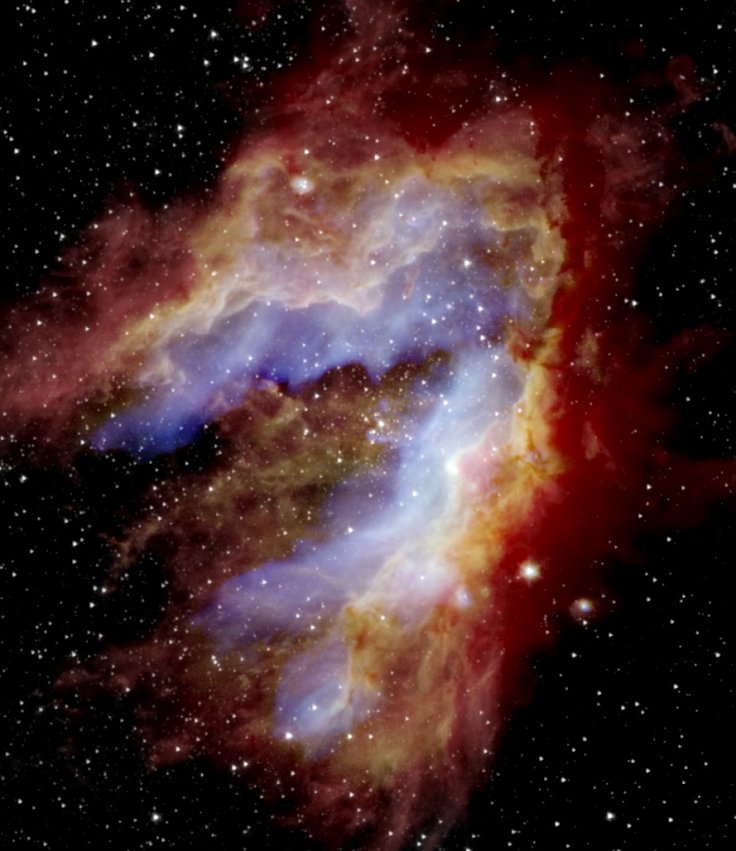NASA's Stratospheric Observatory for Infrared Astronomy (SOFIA) was able to capture new images of the Swan Nebula, which is one of the brightest and most massive star-forming regions in the galaxy. Through the new images, the agency was able to determine how the massive nebula was formed.
The Swan Nebula, which is characterized by its distinct shape that resembles a swan's head and neck, is located about 5,000 light-years from Earth.

Overview Of The Swan Nebula
This massive region houses numerous star-forming regions. Many of the stars that are born in the nebula are bigger than the Sun. Astronomers strongly believe that the formation of these new stars is responsible for shaping the main structure of the nebula. Unfortunately, it is not yet clear how that massive nebula was formed.
The main reason why the nebula has been shrouded in mystery is due to the cocoons of gas and dust within the massive cosmic object. These cocoons are so thick that they are able to cover the new generation of stars forming within the nebula. Recently, NASA was able to make a breakthrough by peering into these cocoons using SOFIA.

Observing Swan Nebula Through SOFIA
SOFIA is an airborne observatory that's equipped with a powerful reflecting telescope. Through the observatory's infrared imaging capabilities, NASA was able to look through the cocoons and spot the nebula's protostars. These are regions where clouds collapse in order to form new stars. By looking through these regions, NASA's scientists learned that the sections of the nebula had different ages.
This finding strongly suggests that the sections of the nebula were not formed at the same time. Instead, the various regions were formed separately over time. "This is the most detailed view of the nebula we have ever had at these wavelengths," Jim De Buizer, a senior scientist at the SOFIA Science Center said in a statement. "It's the first time we can see some of its youngest, massive stars, and start to truly understand how it evolved into the iconic nebula we see today."









